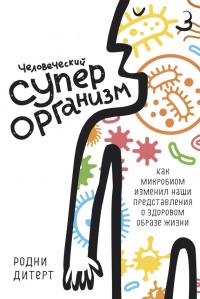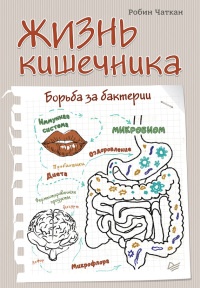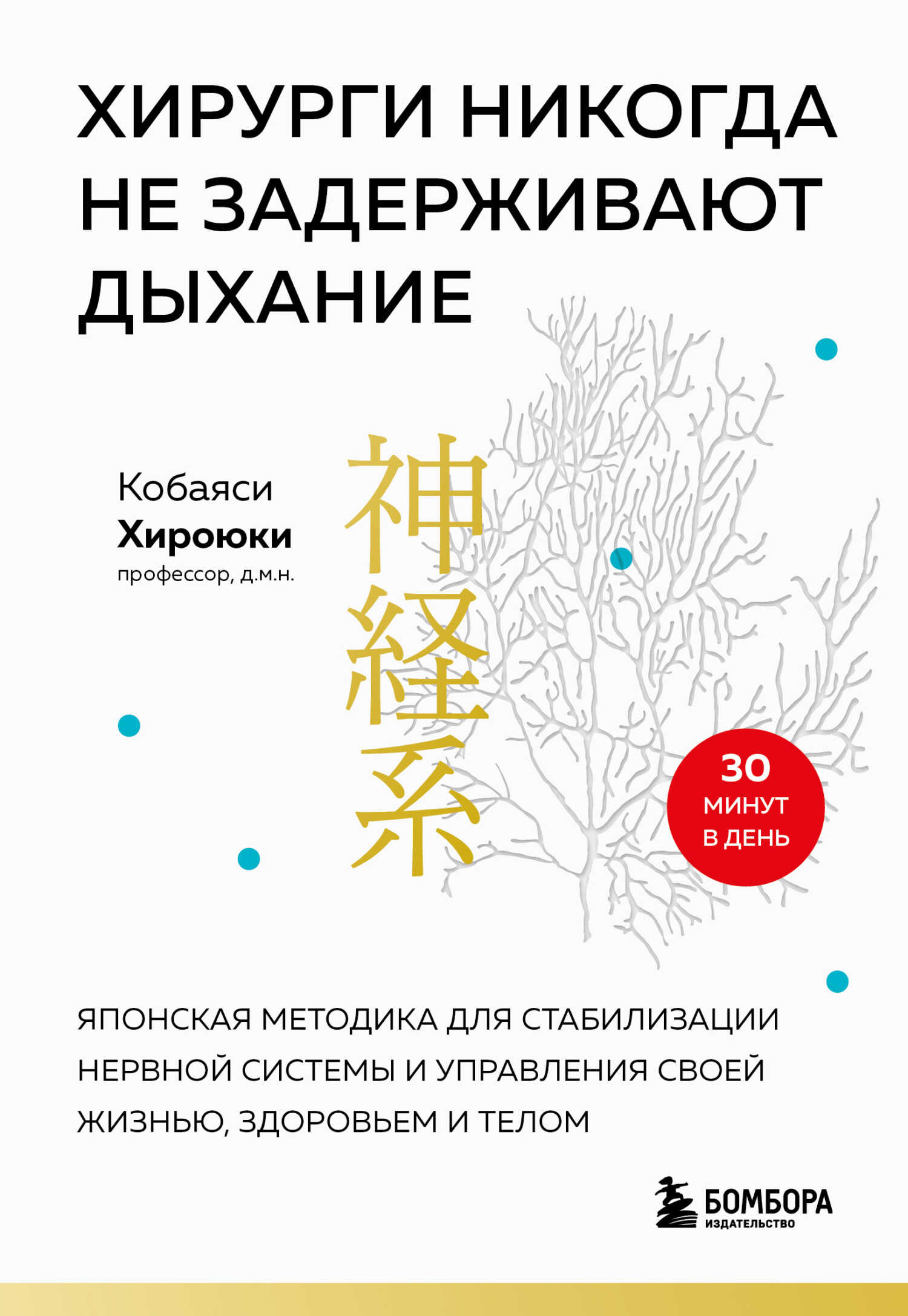Книга Я – суперорганизм! Человек и его микробиом - Джон Тёрни
Читать книгу Я – суперорганизм! Человек и его микробиом - Джон Тёрни полностью.
Шрифт:
-
+
Интервал:
-
+
Закладка:
Сделать
Перейти на страницу:
Перейти на страницу:
Книги схожие с книгой «Я – суперорганизм! Человек и его микробиом - Джон Тёрни» от автора - Джон Тёрни:
Комментарии и отзывы (0) к книге "Я – суперорганизм! Человек и его микробиом - Джон Тёрни"












